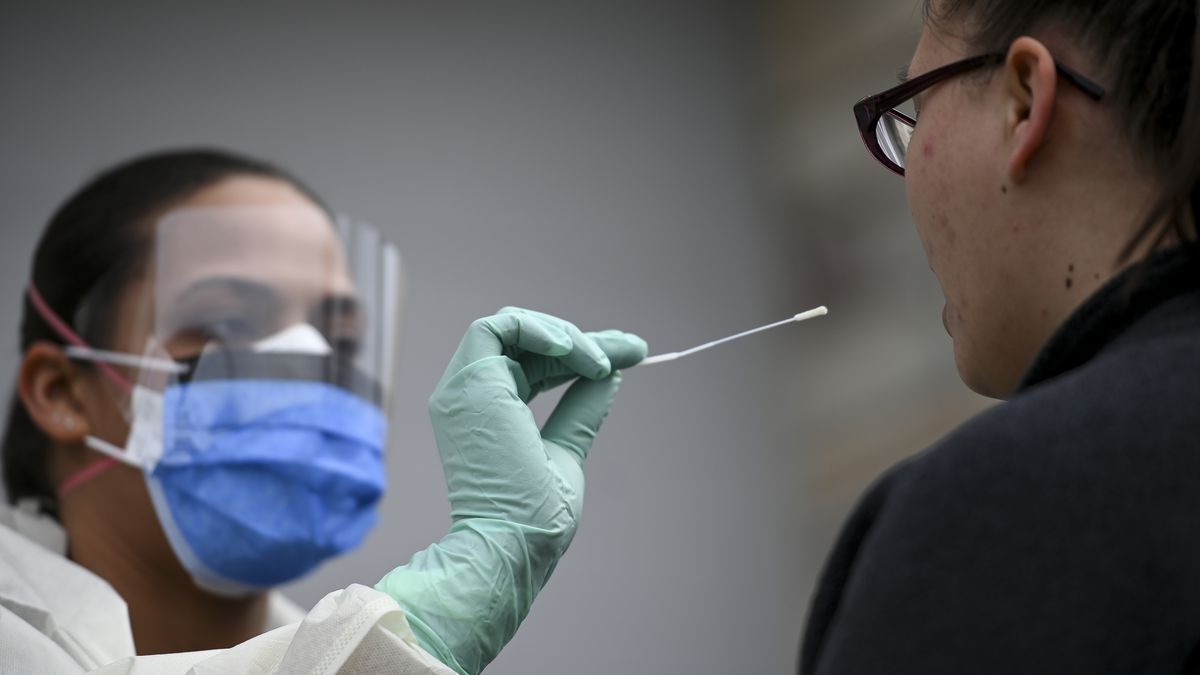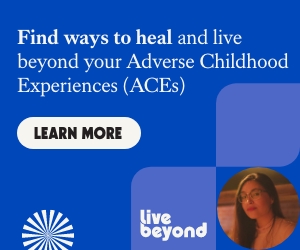San Bernardino County — With all San Bernardino County residents being asked to consider testing for the coronavirus, regardless of having any symptoms, we wanted to share a partial list of Frequently Asked Questions that can be found on the Testing Sites webpage.
Where does San Bernardino County stand now in its testing capacity?
The County has significantly expanded COVID-19 testing over the past several months. Since the pandemic began in March, we have conducted nearly 300,000 PCR (polymerase chain reaction) tests, which indicate whether a person is currently infected with the coronavirus.
San Bernardino County is currently operating 11 COVID-19 testing sites, strategically located throughout the 20,000-square-mile County, as well as four County Health Centers that provide care to underserved and vulnerable populations. In partnership with the California Department of Public Health, we also have three state testing sites in the county. Additionally, private clinics, certain Rite-Aid Pharmacy locations, and HMO-operated facilities are also offering COVID-19 testing.
Who can be tested?
In the early weeks of the pandemic, testing was limited to certain at-risk individuals or frontline healthcare workers. However, we are now encouraging everyone to get tested — whether or not you have shown any symptoms of the disease.
I do not have any of the symptoms associated with COVID-19. Why should I get tested?
Studies have shown that many infected people show no symptoms of the disease, otherwise known as an asymptomatic carrier. That means that most of the people who carry the virus do not know it. Simply put, it’s possible that thousands of infected people could unknowingly spread the disease.
Moreover, our ability to open certain sectors of the economy and keep them open depends on our meeting certain criteria set by the state of California. These indicators include the number of test conducted and positivity rates. If we can show we are testing a large number of people — while keeping the percentage who test positive down — we can avoid further restrictions from the state and reopen sooner.
How easy is it to get tested? How much time does it take?
Getting tested is easy. You will first need to make an appointment on the COVID-19 Testing Sites web page, which can be accessed from the sbcovid19.com website. There may be a few different testing methods depending on the location or facility. All County-operated testing sites currently use a self-swab nasal test, while state and private sites my use other collection methods, such as a nasopharyngeal specimen collection which is a nasal swab administered by a healthcare professional.
Testing takes 10-15 minutes. Sometimes there is a wait time so please prepare by using the restroom ahead of time, bring water to stay hydrated and something to keep yourself entertained while you wait. Wearing a face covering to your appointment is required. It is very important that you keep your appointment. Skipping your appointment means you might be keeping another County resident from getting tested. If you are unable to make your appointment, please cancel it via the cancellation link in your appointment confirmation email.
Do I need a doctor’s prescription to get tested?
No, a doctor’s prescription is not required.
How much does it cost to get a test? Is it covered by insurance?
There is no cost for receiving the test. When you sign-up for an appointment online, you will be asked some basic information, including the name of your insurance provider, policy number and the name of your physician. Providing that information allows the County to file a claim with your insurance company and obtain reimbursement for the costs associated with your test. You will NOT be charged a co-pay, and the cost of the test will not be applied to your deductible. If you do not have insurance, you will be given the option of skipping that section of the appointment registration process. Either way, you will not be charged for taking the test.
Do I need to make an appointment or can I just show up to a testing site?
Yes, you must make an appointment to get tested. Visit sbcovid19.com and go to the COVID-19 Testing Sites page to register for an appointment. Individuals with no internet access or who have access/functional needs can call 909-387-3911 for assistance, Monday through Friday from 9 a.m. to 5 p.m.
Is the test painful or unpleasant?
Most people do not consider any current test method painful, but the nasal self-swab test used at County testing sites is certainly the easier and less invasive of the different testing options. To see how to properly use the nasal self-swab test, visit https://youtu.be/x7PTJBOIsQU (Español)
With a nasopharyngeal collection, a healthcare professional will gently pass a sterile cotton-tipped swab through the nostril and into the nasopharynx, which is the upper part of the throat behind the nose.
How long before I learn the results of the test?
Test results are usually available within 72 hours, but can be up to 3-5 days. If you test positive, Public Health staff (or a health care provider) will call you as soon as possible. If you test negative, you will not receive a call from Public Health. Test results are delivered to the participant via patient portal or other electronic means such as email or text message. Information regarding the delivery of test results will be provided at the test location. If you have not received your test results within 5 days, please call the Test Results call center at 909-387-5811. If you test positive or negative for COVID-19, you should still should take preventive measures to protect yourself and others.
Will my test show whether I’ve previously had the virus?
The PCR test only indicates whether or not you are currently infected with the coronavirus. It does not show whether you were previously infected and successfully fought off the disease.
If I test positive, do I have to “self-quarantine”? For how long? Are you going to put my name in a database?
If you test positive, stay at home and away from others for at least 14 days, starting from the date you were tested. If living conditions make it difficult for you to stay away from others (such as family/household members), stay in a specific room and away from other people and even pets in your home as much as you can. If possible, you should use a separate bathroom. If you need to be around other people or animals in or outside of the home, wear a cloth face covering. (Additional guidance is available for those living in close quarters and shared housing). Click here to learn more about how to take care of yourself and help protect others in your home and community.
If you test positive, your patient information will be entered into the California Reportable Disease Information Exchange (CalREDIE), a secure system that the California Department of Public Health (CDPH) has implemented for electronic disease reporting and surveillance. The public cannot access your information in CalREDIE; access is limited to a select group of healthcare and public health professionals.
How reliable are the tests? I’ve read there can be ‘false negative’ results.
The tests are more than 90% reliable but it is possible to get a ‘false negative’ result. If you have tested negative for COVID-19, but you are showing COVID-19-like symptoms, or have been exposed to someone who tested positive for COVID-19, you should get tested again.
Why should I bother getting tested if I’m not feeling sick?
We are searching aggressively for asymptomatic carriers, meaning people who have the virus but are not showing any symptoms. This is especially important now that the County is reopening businesses and public facilities. Our goal is to avoid large increases in new cases, which could threaten our efforts to relax stay-at-home orders mandated by the state. That requires identifying those who are infectious but have not (and likely will never) develop symptoms. Widespread testing will give us a better idea of how many people are sick, and help us research infection pathways for COVID-19. It also provides a more accurate understanding of what new infections look like and the extent of community spread throughout the County overall.
Finally, for our economy to recover, it is essential for people to feel safe in public. Only then will they be comfortable patronizing stores, restaurants and other recently opened businesses.
Are there any people/groups of people who are particularly encouraged to get tested?
While we are encouraging all residents to get tested, it is particularly important for people who have frequent contact with the public, including delivery drivers, emergency workers, and those who work in retail, food service or high-density workplaces.







